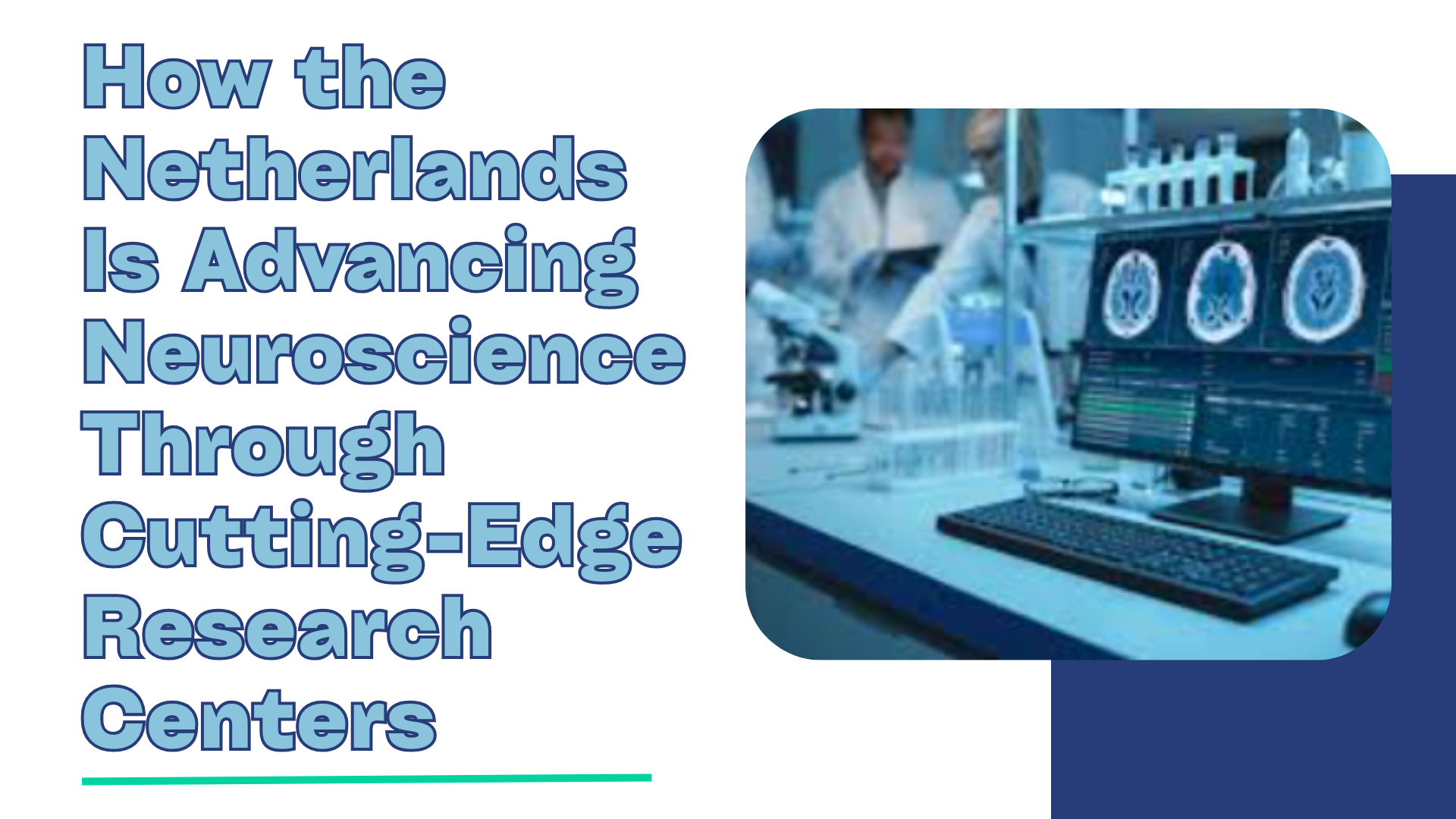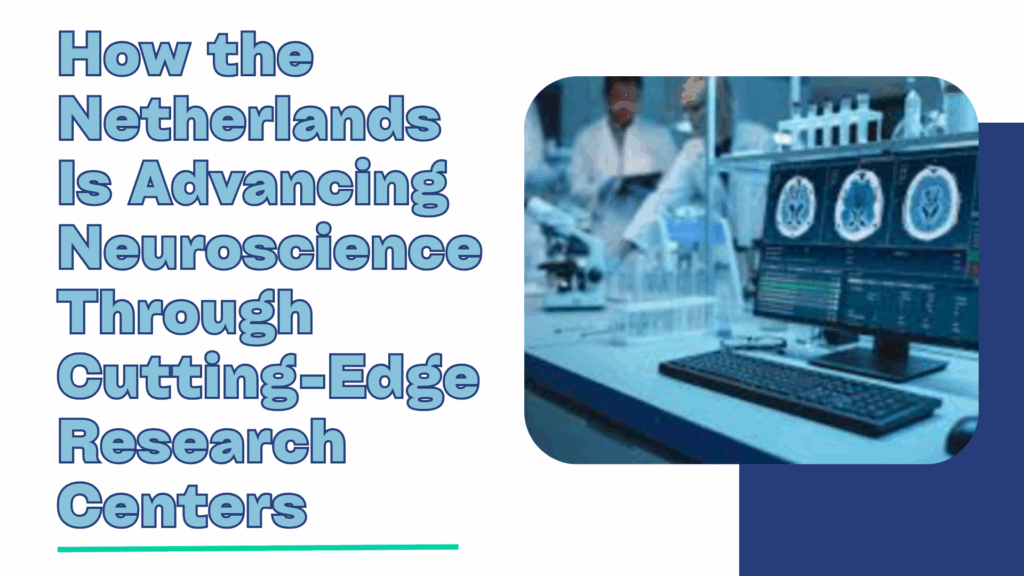Here we are going to discuss How the Netherlands Is Advancing Neuroscience Through Cutting-Edge Research Centers. Read this post if you are interested in knowing the recent trends in neurology.
How the Netherlands Is Advancing Neuroscience Through Cutting-Edge Research Centers
The Netherlands is a center for neuroscience research, with a number of institutions encouraging innovation in the field. Because of a thriving network of research facilities that blend state-of-the-art technology with innovative research methodologies, the country is emerging as a global leader in neuroscience.
At the forefront are significant institutions like the Netherlands Institute for Neuroscience (NIN) and Maastricht University (MU), which foster interdisciplinary collaborations and employ cutting-edge technology to advance our knowledge of the brain. With everything from cutting-edge gene therapy and imaging techniques to computer modeling tools, Dutch neuroscience institutes are expanding our understanding of the human brain.
A Hub of Cutting-Edge Facilities and Interdisciplinary Collaboration
Leading the way is the Netherlands Institute for Neuroscience (NIN) in Amsterdam, which was established through the merger of the Netherlands Ophthalmic Research Institute and the Netherlands Institute for Brain Research. NIN focuses on the visual system and broader cognitive processes while fusing fundamental science with real-world applications.

Its cutting-edge laboratories, equipped with high-density EEG sets, multi-electrode recording systems, and two-photon excitation microscopy, allow for the observation of both cellular and subcellular neural activity. As evidenced by its yearly Art of Neuroscience competition, NIN fosters fresh research viewpoints and demystifies the inner workings of the brain for the general public by fostering an environment where art and science coexist.
More Details: Get Here
Some other Neuroscience Research Centers in Netherlands
There are several other neuroscience research centers in the Netherlands that contribute significantly to the advancement of this field. Some of the major institutions and their roles have been discussed below:
Maastricht University (MU):
With a range of research groups and state-of-the-art facilities, MU’s Centre for Integrative Neuroscience (CIN) promotes collaboration and innovation in neuroscience.
Dutch Brain Interfaces Initiative (DBI2):
This project, funded by the NWO Gravitation program, unites experts from various universities to investigate how the brain interacts with the environment, develop brain modulation tools, and study neural interactions in realistic environments.
The Netherlands Brain Bank (NBB):
Researchers can better study neurological disorders like multiple sclerosis by using the NBB, including the NBB-MS (for multiple sclerosis), which provides the scientific community with high-quality post-mortem brain tissue.
Amsterdam Science Park:
This scientific park assists in converting research into products and solutions, with a focus on areas such as health and life sciences.
NeuroTech-NL:
By bringing together neurotechnology specialists, this network involves governments, businesses, and patient stakeholders in transforming state-of-the-art research into practical solutions.
By utilizing cutting-edge technology and knowledge to tackle urgent issues in the field, these organizations and projects show the Netherlands’ dedication to supporting an interdisciplinary, cooperative approach to neuroscience research.
Role of Technology and Global Partnerships
Technology plays an important role in the development of Dutch neuroscience. Scientists are able to see inside the brain with remarkable clarity thanks to advanced imaging technology, such as the Tesla 9.4 and 7 Tesla MRI scanners. Furthermore, the application of artificial intelligence in data analysis and computer modeling is revolutionizing the way scientists interpret complex neural networks and predict the onset of illness.
These technical developments ensure that Dutch discoveries have a major impact, bolstered by strong national and international partnerships. By participating in initiatives such as NeurotechEU and engaging with partners worldwide, the Netherlands is not only enhancing its own research capabilities but also setting new standards for neuroscience globally.
Future Forward
The Netherlands has a good chance of continuing to lead the neuroscience field thanks to advancements in research methodologies and the expansion of interdisciplinary partnerships. These research institutes are not only advancing our basic understanding of the brain but also advancing innovative medical and technological applications.
The Netherlands eScience Center plays a vital role in drug design and protein engineering by combining physics-based 3D modeling with data-driven deep learning. Dutch neuroscience is leading the way in discoveries that could improve health and quality of life globally through sustained investments in infrastructure, human resources, and international cooperation.
Thanks a lot for reading this post on How the Netherlands Is Advancing Neuroscience Through Cutting-Edge Research Centers






